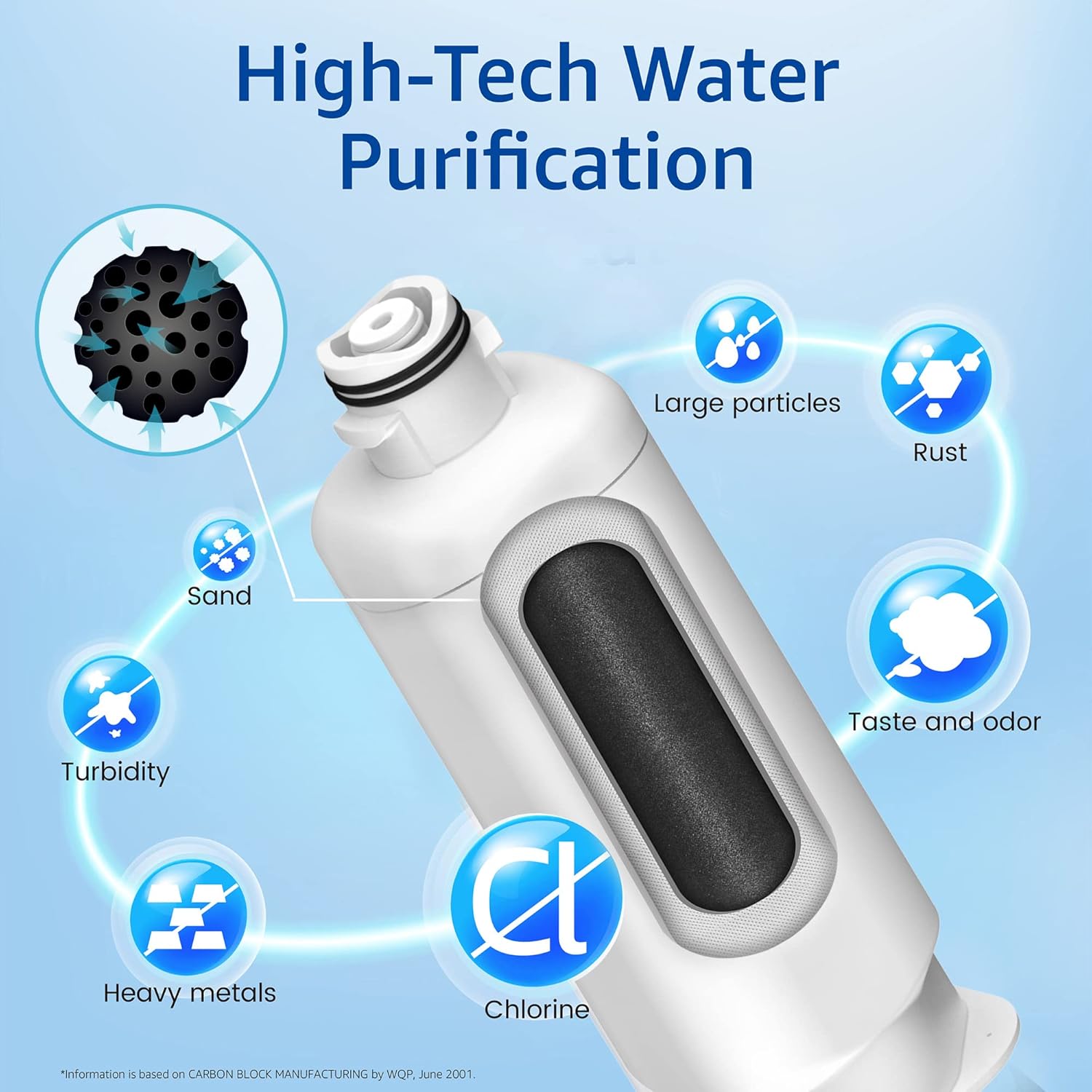Safety in shoring operations demands unwavering commitment to established protocols, continuous training, and culture that prioritizes hazard prevention above all other considerations. The inherently dangerous nature of structural support work, combined with the catastrophic potential of failures, makes comprehensive safety programs essential for protecting workers, the public, and property. Industry best practices have evolved through decades of experience, regulatory development, and unfortunately, lessons learned from accidents.
The foundation of shoring safety begins with competent person designation and training. OSHA requires that a competent person oversee all shoring operations, with authority to identify hazards and stop unsafe work. This individual must possess knowledge of soil analysis, structural principles, and regulatory requirements. Beyond regulatory compliance, the competent person serves as the crucial link between engineering design and field implementation, ensuring that safety considerations guide every decision.
Hazard identification in shoring operations requires systematic approaches that consider multiple risk factors. Structural hazards include overloading, instability, and connection failures. Environmental hazards encompass weather conditions, adjacent activities, and changing site conditions. Human factors such as communication failures, inadequate training, or pressure to cut corners often contribute to accidents. Golden State Shoring implements comprehensive job hazard analyses that address all potential risk sources.
Daily inspection protocols form a critical component of shoring safety programs. These inspections must verify that installations match design specifications, check for signs of distress or overloading, and ensure that safety devices remain functional. Documentation of inspections provides both accountability and valuable data for identifying trends or recurring issues. Modern digital inspection tools improve efficiency while ensuring comprehensive coverage of all safety critical elements.
Personal protective equipment (PPE) requirements for shoring work extend beyond basic construction site standards. Fall protection becomes crucial when working at heights or near excavations. Head protection must account for overhead hazards from shoring components. High-visibility clothing ensures workers remain visible in congested work areas. Specialized PPE such as confined space equipment may be required for certain shoring applications.
Emergency response planning specifically tailored to shoring operations can minimize consequences when incidents occur. Plans must address potential scenarios such as shore failure, worker injury, or discovery of unexpected conditions. Clear communication protocols ensure rapid notification of appropriate personnel. Regular drills familiarize workers with emergency procedures and identify areas for improvement. Integration with site-wide emergency plans ensures coordinated response.
Training programs for shoring workers must address both general safety principles and job-specific hazards. New worker orientation covers basic hazard recognition and safety rules. Task-specific training ensures workers understand proper procedures for their assigned duties. Ongoing refresher training reinforces safety messages and introduces new techniques or equipment. Golden State Shoring maintains comprehensive training programs that exceed minimum regulatory requirements.
The evolution of shoring safety continues as the industry learns from experience and adopts new technologies. Wearable sensors can monitor worker vital signs and environmental conditions. Proximity sensors on equipment prevent collisions. Virtual reality training provides realistic hazard exposure without actual risk. These technological advances supplement but don’t replace fundamental safety practices that have proven effective over decades of application. The future of shoring safety lies in combining time-tested protocols with innovative approaches to hazard prevention.













Leave a Reply